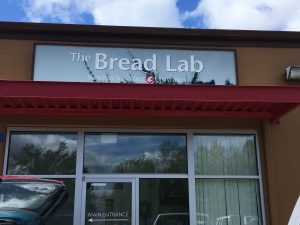Week 4 in review:
The beginning of the week was spent with a lot of planning and also cooking for the class for my week with Annie on making food for the lunch and tasting lab during class Tuesday. This was incredibly stressful for me, trying to work within a budget, not fully knowing how many students would be present, having to provide food, hoping there would be enough, along with presenting and relating the meal back to the texts we read. I felt overwhelmed because I hadn’t realized how much work this would be, and I wanted things to go well, but wasn’t sure if I had fully grasped the concept of the project.
This past week at my internship, I was doing prep work on the prairies, by brush cutting undergrowth, and around the oak trees to prepare for the burn happening this summer. The natives originally did this to help native species flourish and encourage growth, and help to prevent larger uncontrolled and unwanted forest fires. One of the most outstanding parts of my time spent that day was seeing the abundance of Camas lily growing wildly thorough out the acreage we were working on. Just seeing this alone reminded me of all the learning from the Native American museum from my previous visits there. Camas was and still is a very important part of their heritage, used for trade/currency and for food. And could in a way, be a specific example of a food as a commodity.
I was also honored to go along on the Food, Health and Sustainability overnight Field trip to Skagit Valley to visit Steve Jones Bread Lab (which we learned about through a seminar book we read, The Third Plate), Skagit Valley Malting Company, NW Mills, and other locations through the WSU extension for science and research center learning about their farm, horticulture program, meeting with graduate students studying wheat, barley and a presentation on cider apples.
Featured photo: Camas Lily grows wild over acres of the native land.


Leave a Reply